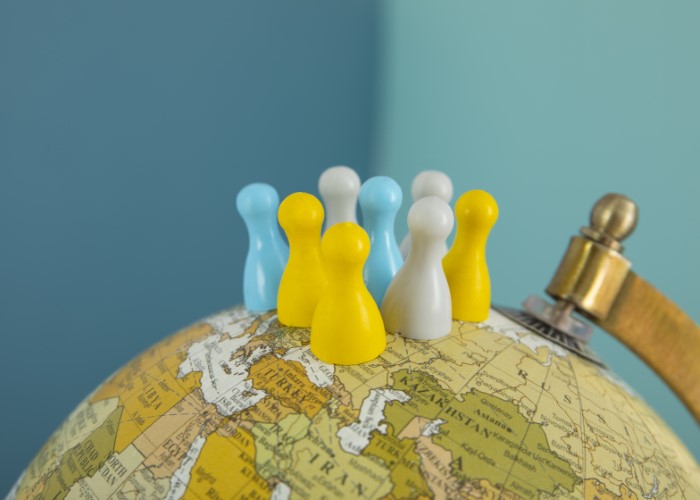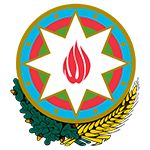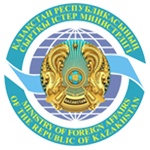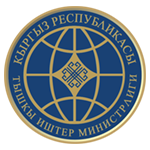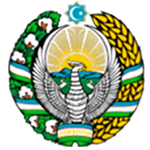1. Introduction
Cultural relations constitute a fundamental pillar of cooperation among the Turkic States, reflecting their shared history, common language roots, and civilizational heritage. Within the framework of the Organization of Turkic States (OTS), cultural diplomacy has been institutionalized to strengthen solidarity, foster mutual understanding, and promote the rich cultural legacy of the Turkic world at both regional and international levels.
2. Institutional Mechanisms for Cultural Cooperation
TURKSOY (International Organization of Turkic Culture): Coordinates annual cultural activities, commemorative events, and heritage promotion.
Turkic Academy: Conducts research on common history, language, literature, and traditions.
Turkic Culture and Heritage Foundation: Implements projects on preservation of cultural monuments, museums, and intangible heritage.
These bodies act as instruments to ensure systematic, long-term cooperation in the cultural sphere.
3. Cultural Capitals and Events
The “Cultural Capital of the Turkic World” initiative promotes annual designation of a city to host major cultural programs (concerts, exhibitions, theater, film, and literary forums).
The Youth Capital of the Turkic World initiative engages the younger generation, linking cultural heritage with youth empowerment.
Large-scale celebrations of Nowruz and other shared traditions foster people-to-people connectivity.
4. Shared Intangible Heritage
Epic traditions such as the “Manas” Epic and the “Book of Dede Korkut” are preserved and promoted collectively.
Traditional music, equestrian games, carpet weaving, and handicrafts are recognized as common values.
Several traditions are jointly inscribed on the UNESCO Intangible Cultural Heritage List, including Nowruz and traditional Turkic wrestling (Kuresh).
5. Literature, Arts, and Language
Annual commemorations are held for prominent poets and thinkers such as Alisher Navai, Magtymguly Pyragy, and Yunus Emre.
Cooperative projects focus on the translation and publication of literary works across Member States.
Efforts to promote the use of common linguistic heritage and facilitate script unification strengthen cultural cohesion.
6. Modern Cultural Diplomacy
Joint initiatives in cinema, television, and digital platforms are gaining momentum, with co-productions highlighting historical figures and shared heritage.
Projects such as the Turkic Museum Card and cross-border cultural tourism routes contribute to enhancing cultural exchange.
Diaspora communities are increasingly involved in promoting the image of the Turkic world globally.
7. Conclusion
Cultural relations among the Turkic States remain a driving force in reinforcing unity, solidarity, and mutual respect. By institutionalizing cultural cooperation, celebrating common heritage, and expanding modern cultural diplomacy tools, the Turkic States are building a robust cultural dimension that complements their political, economic, and strategic partnership.
Last Update: 15:50:25


